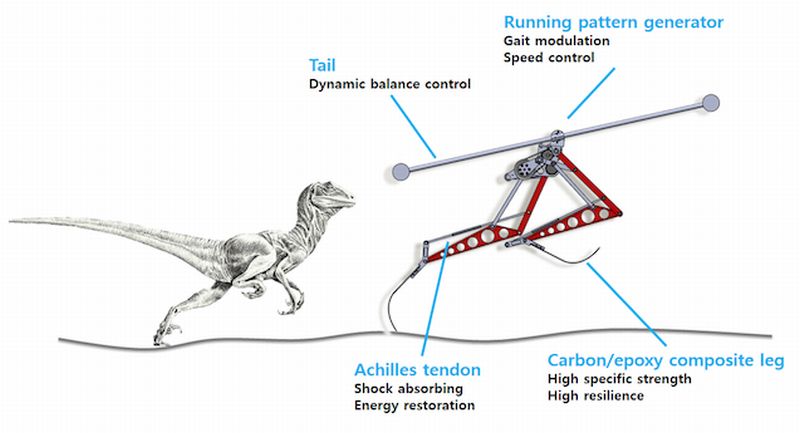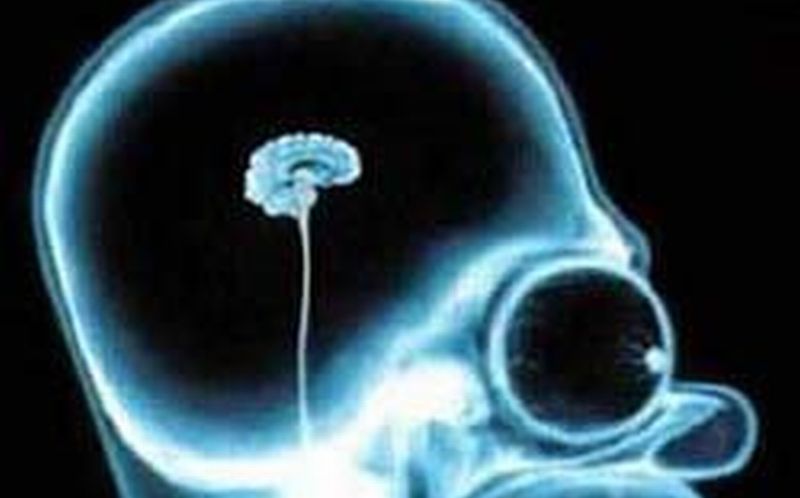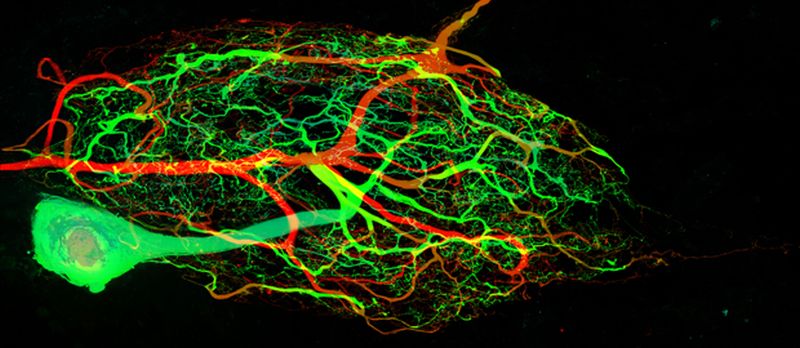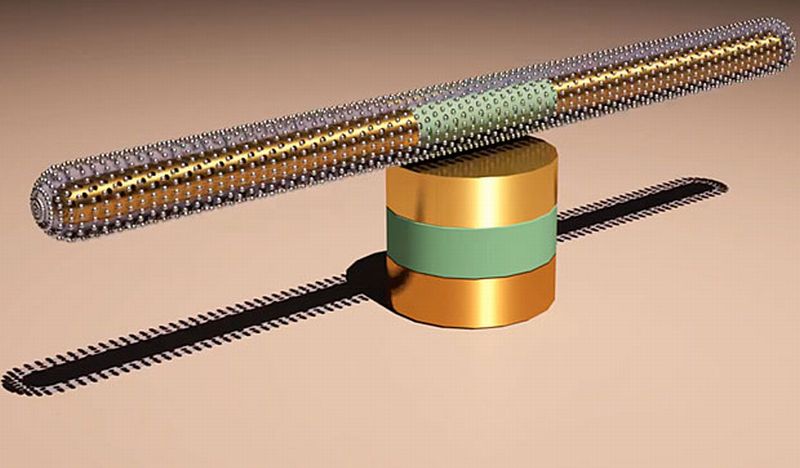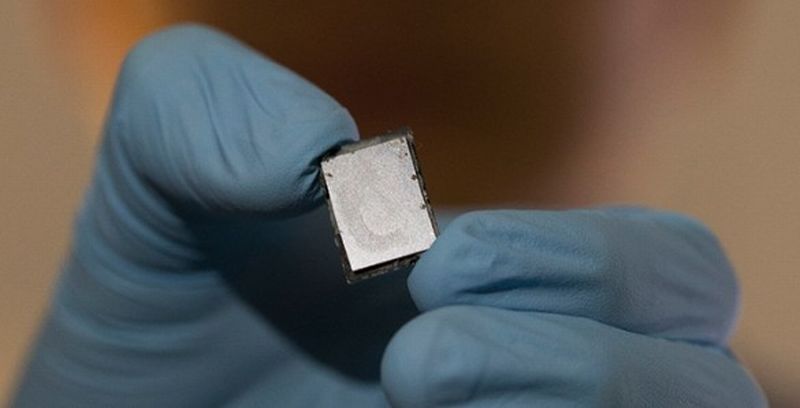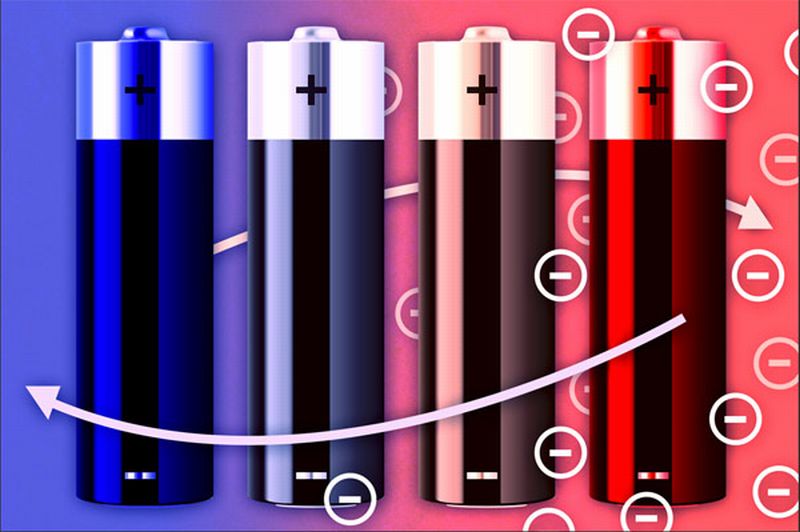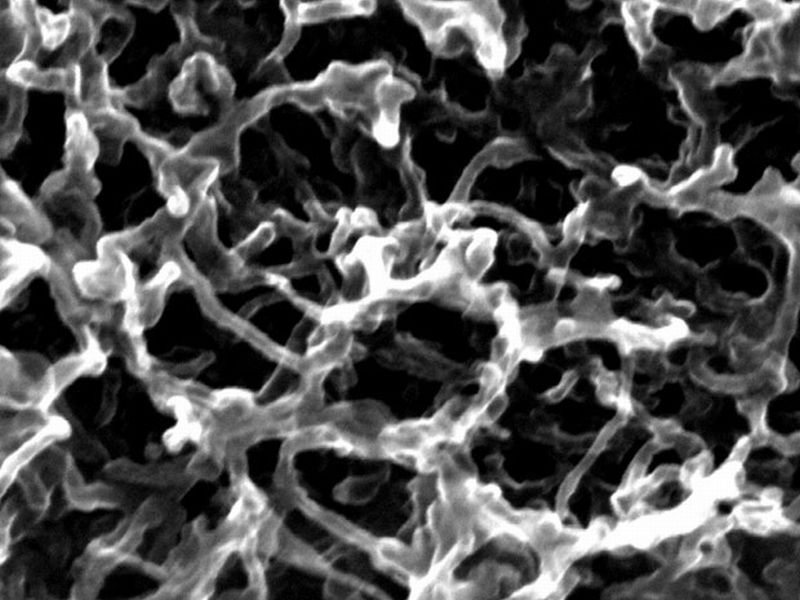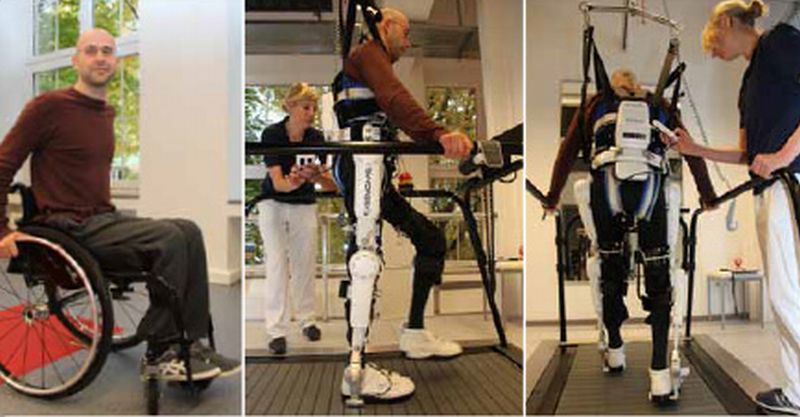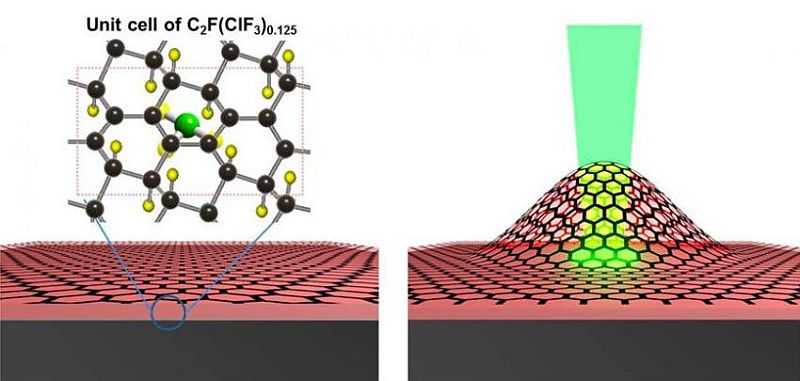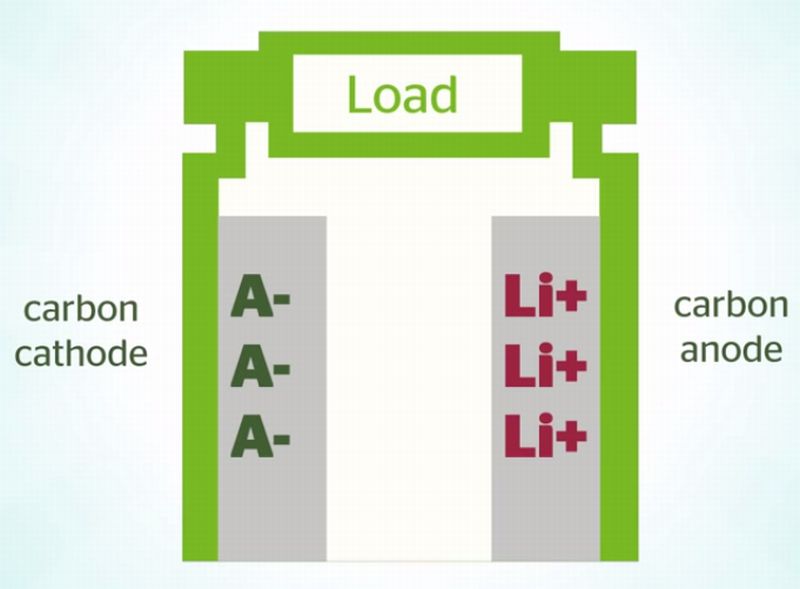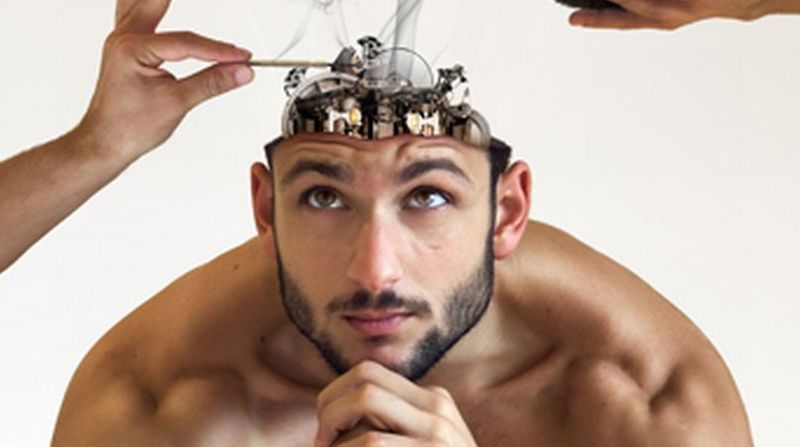Whenever we talk about speed and agility, first thing that comes to our mind is Boston Dynamics Cheetah, which runs at a speed to about 45.5 km/h. Until now, none of the bots have been able to give tough fight to the big cat, however, it seems, researchers at KAIST are preparing to stand tall with their new sprinter, Raptor. It has shown an impressive speed of 46 km/h, which happens to be slightly more than the big cat. Wow! Experts at the Korea Advanced Institute of Science and Technology’s…
Read MoreTag: research
Cynicism is Directly Proportional to Dementia: Stop being Judgmental
The American Academy of Neurology recently brought about a health-related journal, where they postulated a direct relation between personality of an individual and dementia. The research carried an experiment, which demonstrated link between cynicism and dementia. During an eight-year period of the study, researchers examined nearly 1,450 individuals who were given tests for dementia and a questionnaire, with an aim of checking the respective level of cynicism. People having an average age of 71 were taken into account. The research was not limited to just one aspect but factors like high blood…
Read MoreLearning Process helps Survival of New Neurons: Using Brain at Optimal Levels
In an interesting study in the field of neuroscience, researchers have postulated that learning during the early ages of life helps in the survival of brain cells. Early learning also influence the functioning of brain cells after puberty claimed the same team. An experiment on rats demonstrated that brain cells that were exposed to learning survived with respect to the brain cells in animals that were not allowed to master a particular task. In addition, it was observed that the latter set of animals died quickly too.
Read MoreInternal Monitoring System Responsible for Neural Self-Regulation: The Most Complex Machinery
Parts of any machinery can be replaced, modified or tampered with only when the machine is in an off mode. It is nearly impossible to fiddle around with any operational part while it’s functioning. However, the same principle does not apply for our biological process, especially when we are talking about a nerve cell. This continuous rebuilding without affecting the overall operations has always been neuroscience’s biggest questions. Many theories have been put forward but none of them has ever reached any concrete census. Lately, Eve Marder, the Victor and…
Read MoreNano- Bots to Enter into the Arteries for Delivering Drugs: High-Performing Nanomotors
Very soon, we would be witnessing a 3D world on microchips. During the beginning of this year, researchers at Penn State University demonstrated the movement of nanomotors in controlled manner inside living cells. And now, experts at the University of Texas Austin have developed one of the fastest spinning and relatively longer shelf life nanomotor. The newly fabricated nanomotor has an ability of spinning continuously for nearly 15 hours with a speed of 18k rpm. This is an innovative product in the league where the existing nanomotors display an efficiency…
Read MoreEnergy Storage into Structural Materials: No More Power Cords for Devices
Researchers at Vanderbilt University have come up with an intriguing prospect that has complete essence of futuretech in itself. Their current interest hovers around the likelihood of a more technologically enhanced capacity for storing electrical energy directly across applications including but not limited to EVs, laptops and home appliances. They have demonstrated this idea by fabricating small wafers that have the potential of storing and discharging considerable amount of electricity while they are put through static loads or moving forces like vibrations or impacts.
Read MoreStanford-MIT System Aims at Harvesting Low-Grade Heat: New Battery Technology
It’s been more than a decade researchers across the globe are working towards harnessing waste energy into something useful. Most of the times, their energy focused around thermoelectric devices but efficiency of this approach was limited to the accessibility of materials Lately, researchers at Stanford University in collaboration with experts from Massachusetts Institute of Technology have come up with an innovative technology, which captures and morphs waste heat into electricity. The approach holds the low temperature waste heat, that is, less than 100 degrees Celsius.
Read MoreInnovative Supercapacitor Architecture: A Hybrid between a Supercapacitor and a Pseudocapacitor
Using the nanoparticles of hydrous ruthenium oxide (RuO2) by first modifying them via carbon nanotubes (CNT) and graphene foam as the electrode material for the supercapacitor, the researchers at the University of California Riverside have developed an innovative energy storage device. They have simply called it a supercapacitor, which technically is a hybrid between a supercapacitor and a pseudocapacitor. Once the electrodes were formed via the modification (mentioned above), they were then added in an aqueous electrolyte. The resultant combination provided higher energy with more power density supercapacitors than the…
Read MoreHAL Therapy: The Medical Service with Robot Suit
Team of researchers at the Centre for Neurorobotic Movement Training (ZNB) in Bochum is testing the HAL robot suit, which was initially fabricated by Japan in 2011. The robot suit was aimed at providing self-sufficiency to patients who have been paralyzed from the waist down. The condition, paraplegia causes impairment in both motor and sensory function of the lower limbs hence, the brain signals fail to co-ordinate within the limbs. And the weak signals are then lost within the system. It is here that the HAL robot suit comes into play.…
Read MoreBiomimicry: Outrunner’s Steering based on Bipeds Walking Mechanism
In an effort of inculcating the sci-fi trends – where robots are doing the great things – into the real world, researchers at the Robotics Unlimited, a spinoff of the Institute for Human and Machine Cognition (IHMC) in Florida, are working hard towards designing bots that might assume a role into the everyday life of humanity. Thinking on the same lines, they have developed a Kickstarter project, aim of which is to fabricate next-gen robots. The robots are designed keeping simplicity and convenient operation in mind along with affordability. After…
Read MoreGraphene Ushering the League of Viable Engine for Nanodevices: Lattice Mimics two-stroke Engine
Graphene is one of those rare gifts of nanotechnology that is still not unwrapped fully. Not long ago, we discovered that how sliding water over graphene generated electricity. Every time, researchers conduct an experiment, the lattice of carbon atoms pops up with different surprise. Lately, such revelation has brought to the fore by researchers at National University, Singapore. They have morphed a single layer of graphene along with certain amount of chlorine and fluorine atoms to create a two-stroke combustion engine. Similar mechanism although at a macro-scale is used for…
Read MoreRyden Dual Carbon Battery: The Energy Storage Breakthrough for EVs
Power Japan Plus, a Japanese power company has stated that they have come up with a revolutionary battery technology that can easily beat the energy density of stereotypical batteries used in automobiles. They have termed it the Ryden dual carbon battery. With respect to the existing lithium ion batteries, the product has an ability of charging 20 times faster without reaching to the highest level of temperature where it requires cooling or burst like lithium-ion battery. This makes it safer, reliable and sustainable relatively, claimed the company. Power Japan envisions…
Read More10 Unanswered Puzzles about Science: Will They Ever Reach Consensus?
Even though we have made tremendous progress in science, yet there remains a mystery when it comes to give reasons to some everyday activities. These mundane stuffs generate the same kind of awestruck curiosity to scientists as it does to a toddler. Some of these bewildering questions are: 1) Slipperiness of Ice The unusual & unique properties of water have given numerous explanations about ice being slippery. Experts have dispensed most of the theories propagated so far and there could be more variations in the future discoveries envision majority of…
Read MoreStimulating Neurons can modify Human Learning: Curbing the Addictive Behaviors
Neuroscientists at the University of Pennsylvania have put forth a research as per which excitation of a set of dopamine-sodden neurons within the brain has substantial chances of altering the learning process. These neurons are present in substantia nigra, the grey matter in the midbrain. Stimulating this patch of the brain has resulted in altered learning by swaying people to reiterate physical actions leading to positive reinforcement producing immediate reward. For the experiment, eleven individuals who were going through deep brain stimulation (DBS) treatment for Parkinson’s disease were taken into…
Read MoreGU Psc b: Another Exoplanet Discovered Through Direct Imaging
Space scientists have discovered a new planet by collective observations from the Gemini Observatories, the Observatoire Mont-Mégantic (OMM), the Canada-France-Hawaii Telescope (CFHT) and the W.M. Keck Observatory. The gas giant is situated around GU Psc, in the constellation Pisces and is believed to be 3 times less massive than the Sun. The distance between the planet GU Psc b and its star GU Psc is approximately 2,000 times Earth-Sun distance. With this distance, it would take the planet nearly 80,000 Earth years to complete just one orbit around its star.…
Read More
